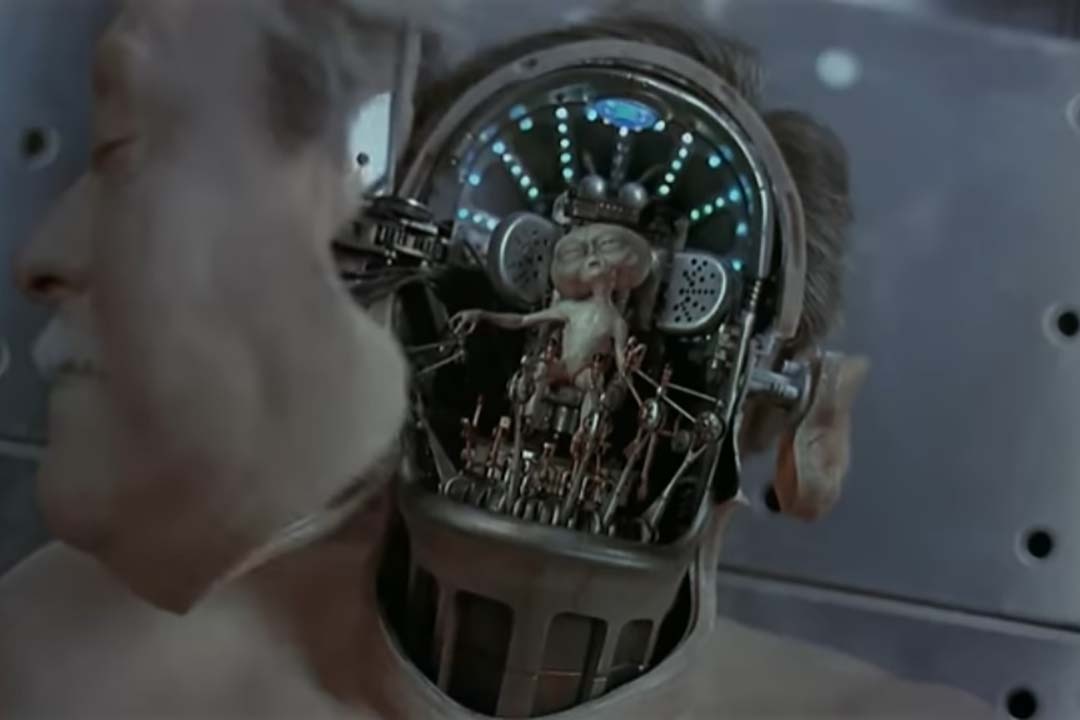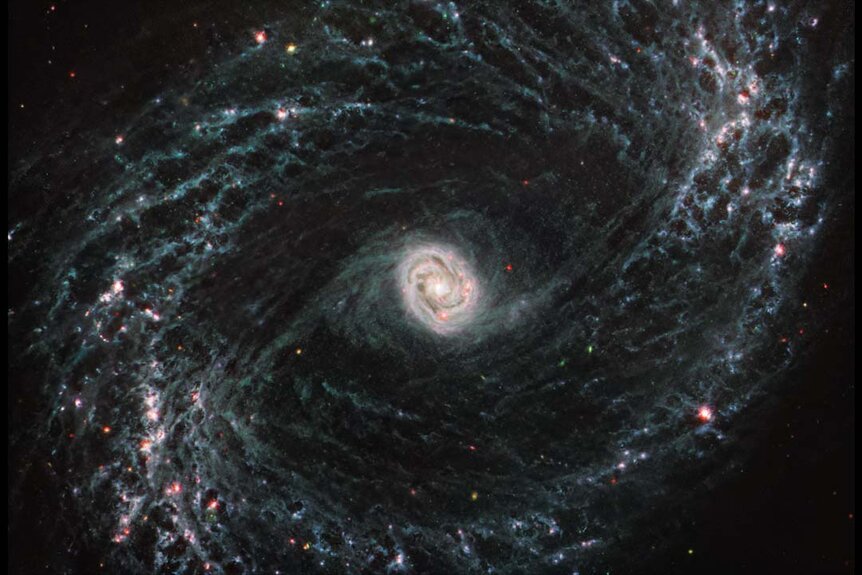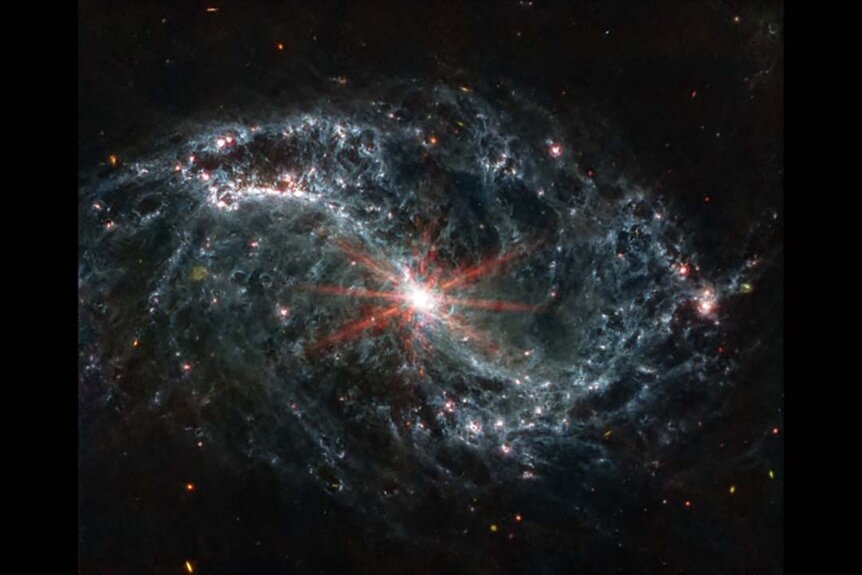JWST reveals previously invisible cosmic spiderwebs of gas and dust inside galaxies
And it's helping us to see how stars are born.

After being swept into the secret world of the Men in Black, James Darrell Edwards III (Will Smith) — now known only as Agent J — is investigating the homicide death of an alien living in disguise among humanity. Along with a civilian coroner, Agent J receives the last words of a dying Arquillian: “To prevent war, the galaxy is on Orion’s belt.”
That, of course, doesn’t make any sense. A galaxy is a collection of hundreds of billions of stars spanning hundreds of thousands of light years. Orion, by contrast, is a constellation inside of our own galaxy. It’s a collection of largely unrelated stars which happen to look a little bit like a person from our particular vantage point. It wouldn’t just be difficult to hide a galaxy there, it would be impossible, and therein lies the mystery. If you haven’t seen Men in Black yet, you should remedy that right now on Peacock, as there are spoilers ahead. As the rest of us know, in the film, Orion is the name of a cat, and the belt is his collar. The galaxy, such as it is, is very small and hidden in plain view.
Finding a galaxy hidden inside a constellation — just a handful of stars, gas, and dust, you recall — would require a fundamental rewriting of our understanding of physics and would probably shake up the scientific community more even than the discovery of aliens. But finding the stars, gas, and dust hidden inside distant galaxies is something we’re increasingly good at, thanks in part to the cutting edge observing capabilities of NASA’s James Webb Space Telescope (JWST).
The JWST really shines, if you’ll pardon the pun, when observing in the infrared, and that’s exactly what astronomers needed to see the hidden stuff inside of galaxies that doesn’t emit or reflect visible light. According to a statement from NASA, the telescope has already resulted in 21 papers illuminating the process of early star formation. Those papers were collectively published in a special focus issue of The Astrophysical Journal Letters. Within those studies are a survey of nearby galaxies collected by more than 100 international researchers under the Physics at High Angular resolution in Nearby Galaxies (PHANGS) collaboration.
The group has targeted 19 spiral galaxies and they’ve published observations on five of them. Using JWST’s Mid-Infrared Instrument (MIRI), astronomers were able to capture details of the normally invisible networks of gas and dust inside and between the arms of spiral galaxies.
RELATED: How are stars born? Absolutely gorgeously. See for yourself.
“Areas which are completely dark in Hubble imaging light up in exquisite detail in these new infrared images, allowing us to study how the dust in the interstellar medium has absorbed the light from forming stars and emitted it back out in the infrared, illuminating an intricate network of gas and dust,” said PHANGS and University of California, San Diego researcher Karin Sandstrom, via NASA.
Those previously shrouded areas are thought to be where newborn stars first begin their lives. Usually, we have to wait until they grow and start emitting enough radiation to blast the gas and dust away from them in order for us to see them, and that takes a while. Getting a glimpse of embryonic stars before they hatch will help to fill in some of the gaps in our models of star, planet, and galaxy formation. What’s more, PHANGS is collecting the data as part of a treasury program, which means it is immediately available to civilians and scientists all over the world. As the PHANG team’s work continues, more observation data will become available, spurring even more discovery now and in the future. There’s no telling what we’ll find, maybe even aliens. Fingers crossed.
In the meantime, you can catch Men in Black, Men in Black II, and Men in Black 3, all streaming right now on Peacock!






























